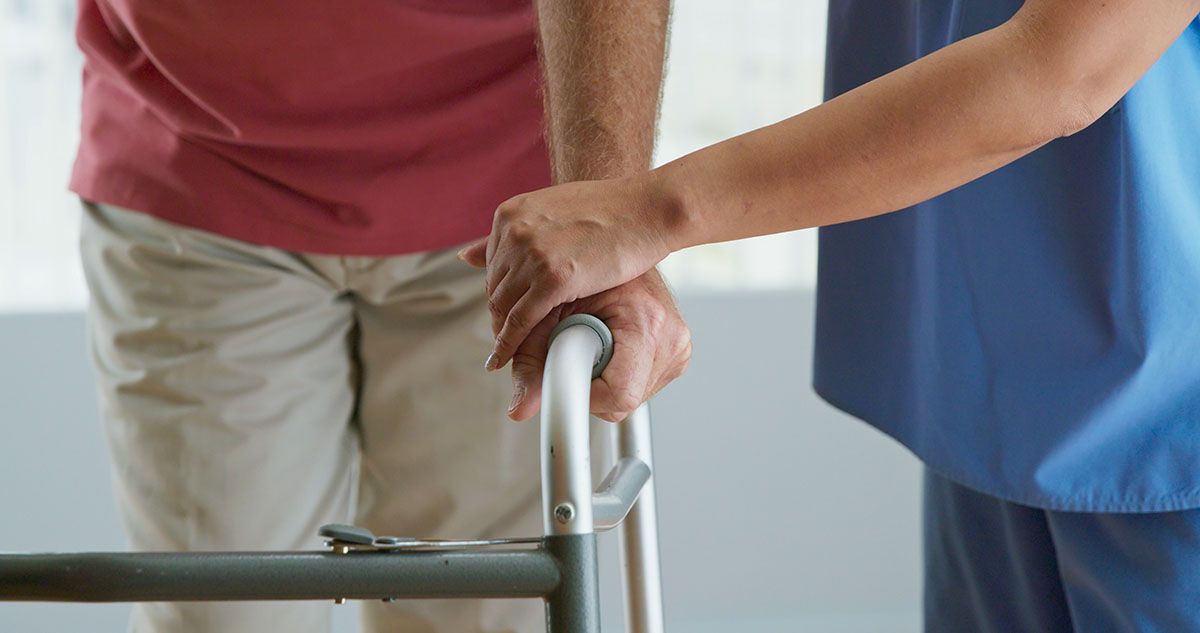The public has called on the Victorian State Government to get tough on youth crime following rioting by residents at Victoria’s Parkville and Malmsbury youth justice centres, as well as a recent spate of violent crime by adolescent groups such as car-jackings.
The Andrews Government responded to these calls in November 2016 by ordering the transfer of a number of boys from Parkville Youth Justice Centre to a re-purposed unit at an adult prison (the Grevillea unit of Barwon Prison). The move was an attempt to stamp out unrest at the facilities, punish offenders, and re-house a number of the boys while works are being done to repair the riot-damage.
On Tuesday, in a further response, it was announced by Daniel Andrews that Victoria will build the “highest security youth justice facility that Victoria has ever seen.”
In the meantime, the State Government has authorised the use of tear gas, capsicum spray and batons by staff at Parkville, Malmsbury and the Grevillea unit.
Allegations of abuse at Barwon Prison
Last week, the Victorian State Government confirmed that guards at Barwon Prison used capsicum spray on the youth detainees transferred from Parkville Youth Justice Centre.
On Wednesday, it was reported that one of the boys had been taken to hospital for a neck fracture caused by fellow inmates. The mother of the boy said that her son had been assaulted in Barwon three times since he was transferred to the adult prison, including an alleged assault by a guard who allegedly punched him in the face.
Reports have also emerged that the boys at Barwon Prison are being locked in their cells for an average of 21-23 hours a day, and are being denied access to education.
A dark history of abuse in Australia’s juvenile detention facilities
Before Parkville, Melbourne’s youth detention facility in Melbourne operated as Turana Youth Training Centre from 1955 to around 1993. At Ryan Carlisle Thomas, we have acted for many former residents of Turana seeking compensation for the sexual, physical and emotional abuse they suffered there.
The experiences described to us by survivors were confirmed by the Royal Commission into Institutional Responses to Child Sexual Abuse in its April 2016 Case Study 30 report (“the report”).
The report found that residents at Turana and other state juvenile detention facilities had been subjected to severe sexual and physical abuse due to systemic issues such as the vulnerability of children in state care, a failure to train staff, and a lack of oversight.
Last year, the nation was dismayed when disturbing footage emerged of boys being subjected to torturous forms of punishment including isolation and tear gassing at the Don Dale Youth Detention Centre in the Northern Territory.
The Territory government has since ordered a Royal Commission to investigate abuse in juvenile detention, perhaps sending a message that is incumbent upon present and future governments to ensure that children involved in the youth justice system are not subject to the kind of abuse seen at Turana and Don Dale.
What can we learn?
In December 2016, the Supreme Court ruled that the Government’s move of children from Parkville to Barwon Prison was unlawful, and that the human rights of the children had not been considered. However, the Court allowed the transfer to a repurposed unit because there was nowhere else for the children to go. Yesterday, a fresh legal challenge has been mounted against the State Government by the Human Rights Law Centre.
The government’s decision is concerning given that the transfer of children to adult prisons was found to be inappropriate by the Victorian Ombudsman more than three years ago.
In making this finding, the Ombudsman Report cited the Government’s obligations to children under Victoria’s Human Rights legislation, which states that “every child has the right, without discrimination, to such protections is in his or her best interests…” and “a child who has been convicted of an offence must be treated in a way that is appropriate for his or her age.”
Article 37(c) of the United Nations Convention on the Rights of the Child, to which Australia is a signatory, was also cited. Article 37 states that “every child deprived of liberty shall be separated from adults unless it is considered in the child’s best interest not to do so”.
It is important that youth offenders be treated and considered differently to adult offenders.
Research has shown that juvenile offenders differ from adult offenders and are more likely to take risks and be influenced by peers. Children are also more likely to grow out of offending behaviour.
Children with complex mental health issues, substance abuse issues, children who are victims of crime themselves, and children who suffer homelessness are also overrepresented in the criminal youth justice system.
A recent study by Victoria Legal Aid has found that 30% of children in out of home care are charged with criminal offences, and of that 30%, 83% receive their first charge within 12 months of being put in care.
The announcement that the Victorian Government intends to build a new youth justice facility presents an opportunity for us to learn from the past and address the complex issues of youth offending without limiting the human rights of children or exposing children to abuse.
A ‘tough on crime’ approach, without a focus on rehabilitation, does nothing to address the root causes and unique nature of youth offending. Placing young offenders in adult prison arguably risks exposing them to abuse and the recent reports of use of tear gas and capsicum spray appear to be evidence of this.
While we all have the right to enjoy a peaceful and safe society in Australia, we must learn from the lessons of the Royal Commission into Institutional Responses to Child Sexual Abuse and the events that occurred at Don Dale to ensure that the children involved in the criminal justice system are safe.
Danae Lekakis is a graduate lawyer in the institutional and sexual abuse department of Ryan Carlisle Thomas Lawyers.




